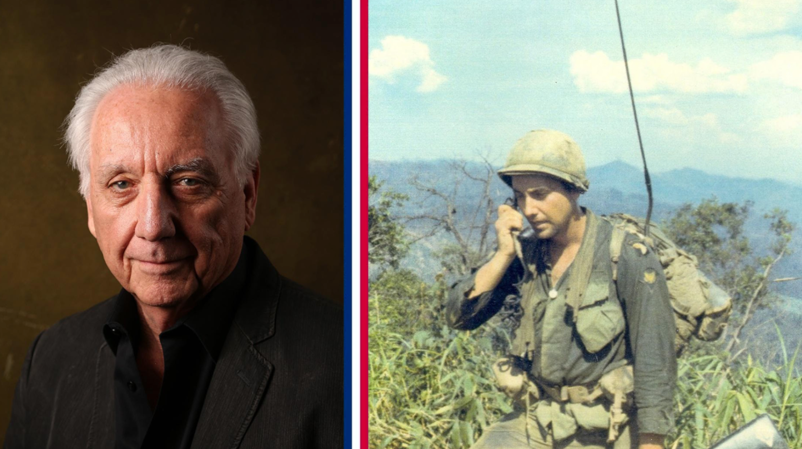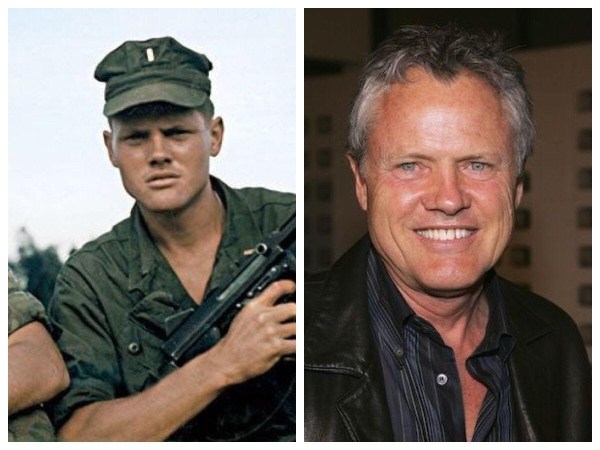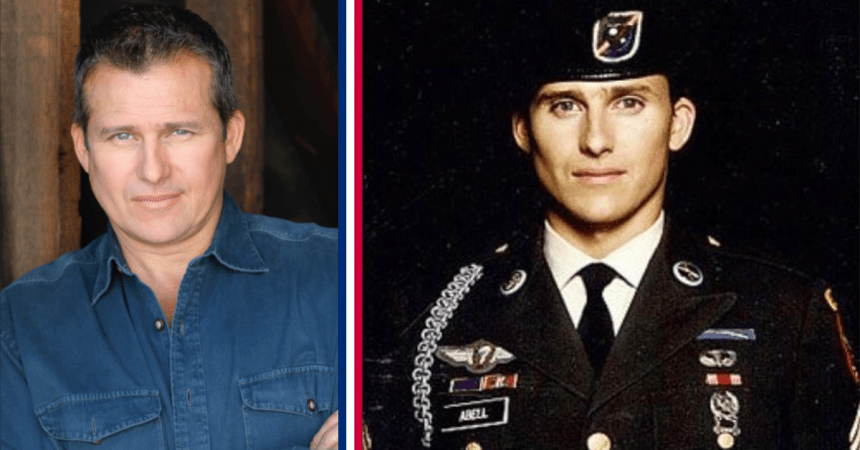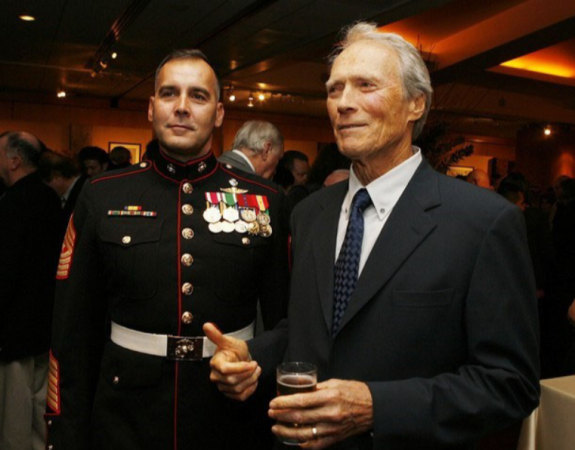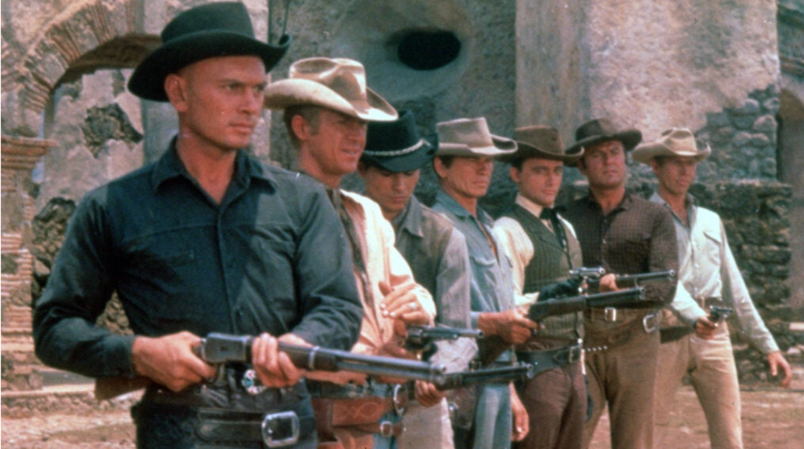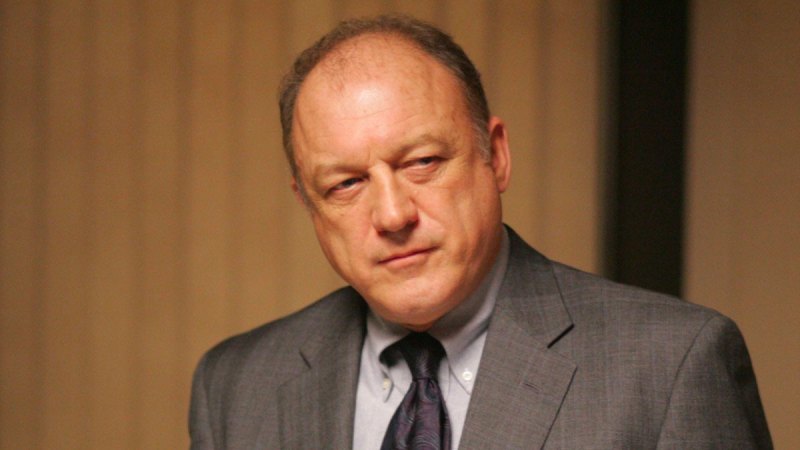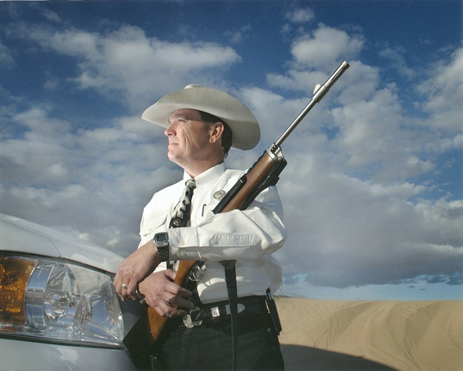Seventy-two years ago Marines raised the American flag over Mount Suribachi on the island of Iwo Jima on Feb. 23, 1945. Joe Rosenthal’s photo of the second flag-raising became one of the most famous photos of World War II, but the battle actually raged from Feb. 19 to Mar. 26. Here are 18 other photos from the battle where almost 7,000 Marines, sailors, Coast Guardsmen, and soldiers lost their lives:
1. The Marines landed on Iwo Jima in waves on tracked boats.

2. The water was thick with the Marines, sailors, and Coast Guardsmen of the landing force.

3. At the beaches, the Marines poured onto the black, volcanic sand under Japanese fire.

4. Japanese artillery and mortars took out a lot of the heavy equipment as it got bogged down in the sand.

5. The Navy used its big guns to destroy the lethal Japanese artillery where possible and to break open bunkers firing on U.S. troops.

6. This duel between the heavy guns played out on the island as constant explosions.

7. The Marines would advance when the fire was relatively light, trying to take Japanese positions before another artillery barrage.

8. When the fire was particularly heavy, they’d burrow into the sand for cover.

9. Additional forces surged onto the beach as the first waves made their way inland. The reinforcements were made necessary by the stunning Marine losses. One 900-man regiment lost 750 Marines in just 5 hours.

10. Throughout the fighting up the beaches, Mount Suribachi dominated the landscape. The Marines knew it would be a tough fortress to capture.

11. Sailors and Coast Guardsmen continued to land materials at the secure beachheads, giving the Marines more ammunition and other supplies.

12. Moving up the mountain, the Marines had to use heavy firepower to stop Japanese counterattacks.

13. The Marines busted bunker after bunker and cleared trench after trench, but the march up Mount Suribachi was dangerous and long.

14. Flamethrower tanks helped clear out the defending Japanese.

15. The Marines moved into the Japanese trenches that they had just knocked the enemy out of.

16. The Japanese bunkers had protected both the Japanese infantry and the big guns that were firing on the Marines.

17. When the Marines first took the summit, they flew an American flag they had carried up. When it was spotted by Secretary of the Navy James V. Forrestal, Forrestal asked to keep it.

18. However, the Marines were set on keeping the symbol of their brothers’ sacrifice. Lt. Col. Chandler Johnson ordered a group of Marines to raise a second, larger flag and recover the original for the Corps.

The photo by Joe Rosenthal of the second flag raising became an icon of the Pacific campaign. The Marine Corps selected the image for the Marine Corps War Memorial.




